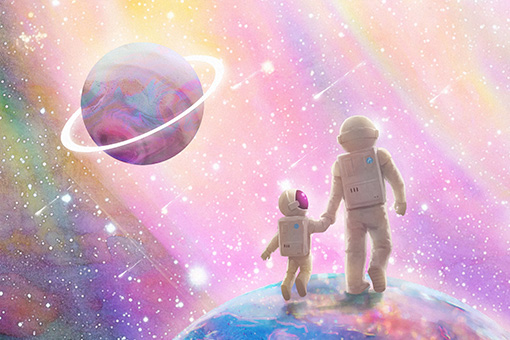A lot of people are optimistic and hopeful when they are young, especially when their career or business is successful. However, once difficulties arise, they quickly fall into despair and become very pessimistic, to the point of taking their own lives. That is true pessimism. Many people today have an extremely passive and negative outlook on life, thinking they have only a few decades remaining in their lives, following which they will turn to stone, dirt, etc. Buddhism does not see it this way.
~Depicted from THE FOUR SEALS OF DHARMA - The Practice of Suffering











